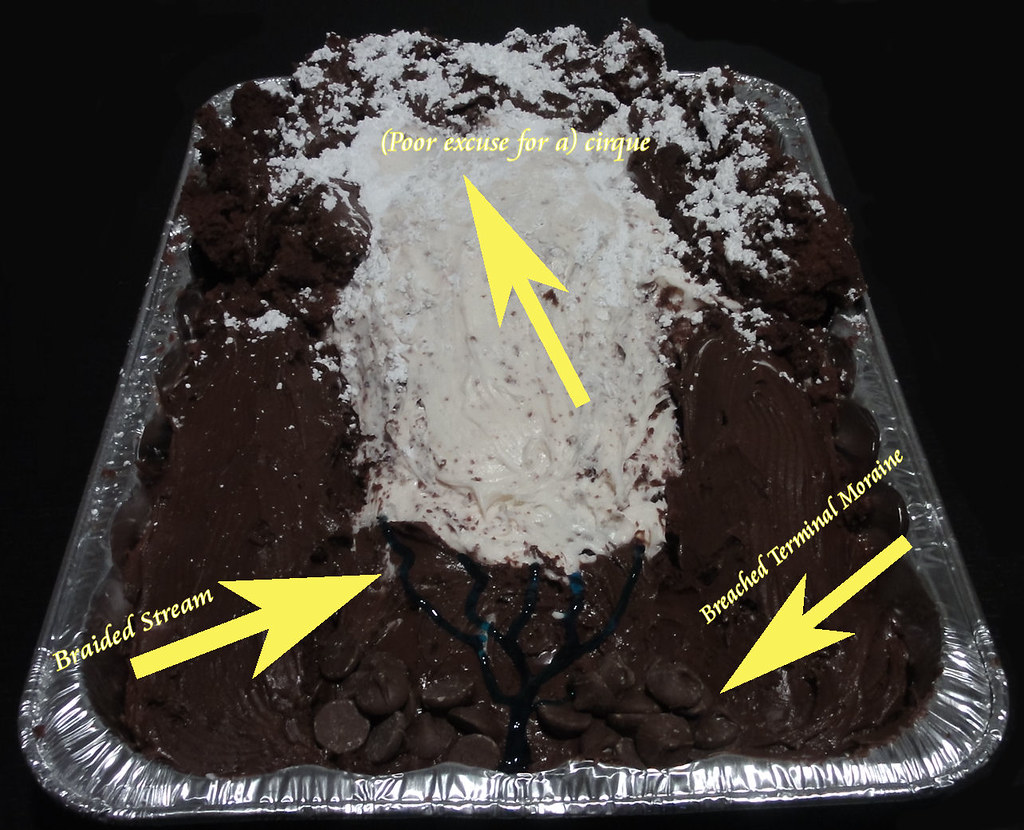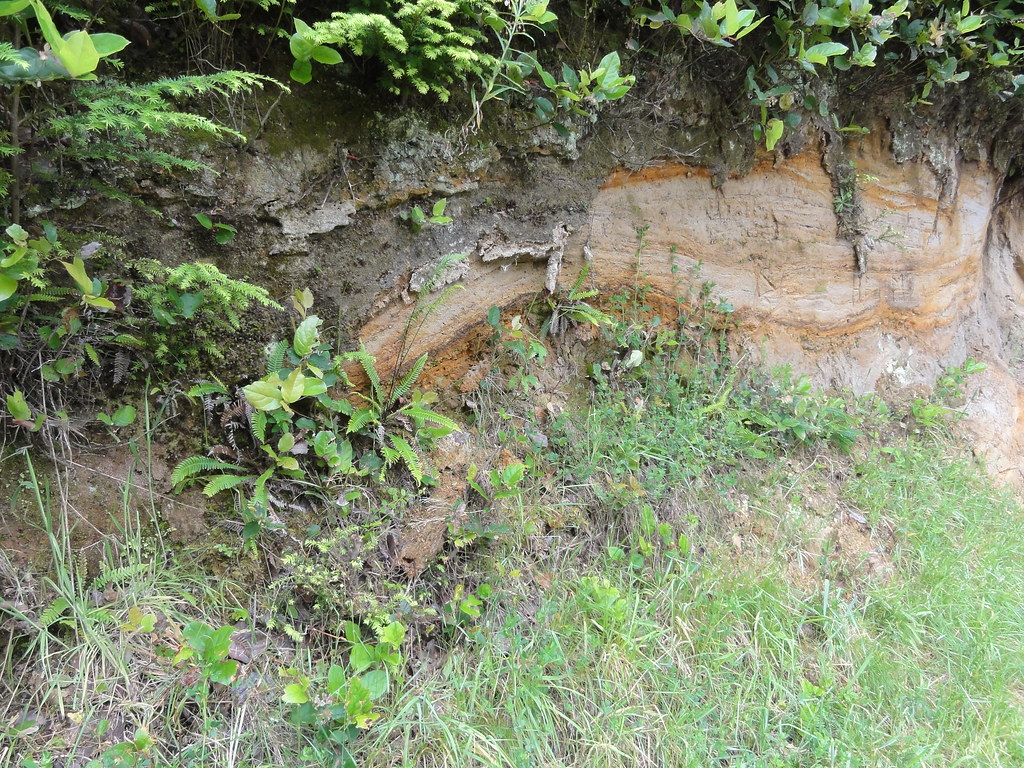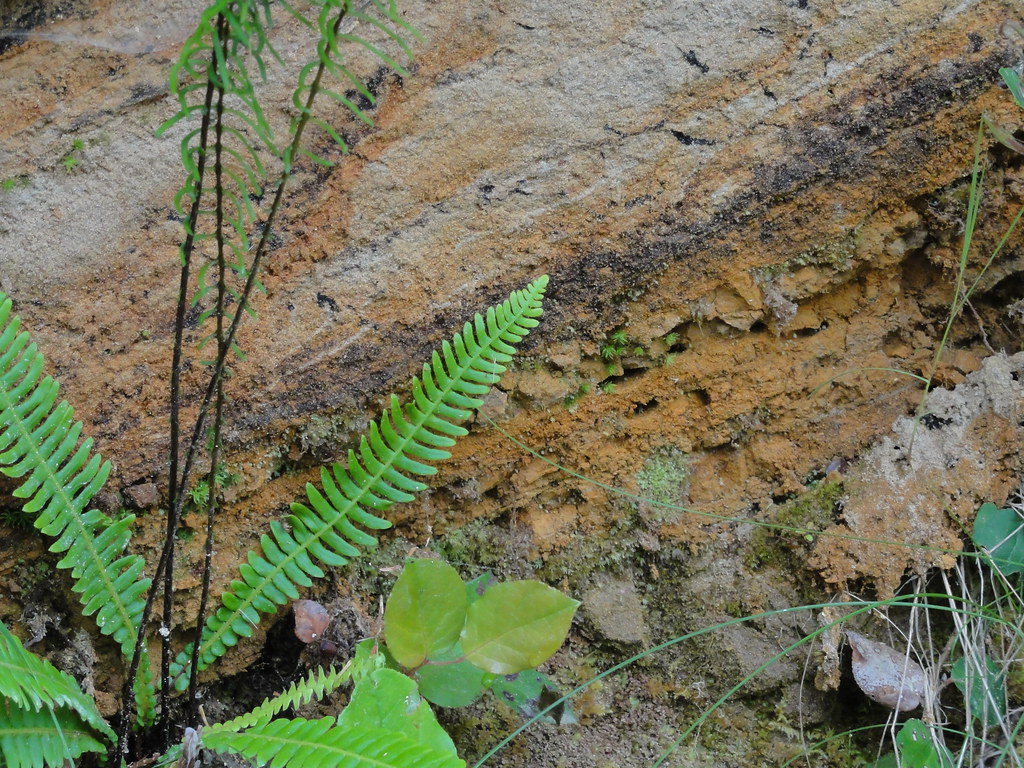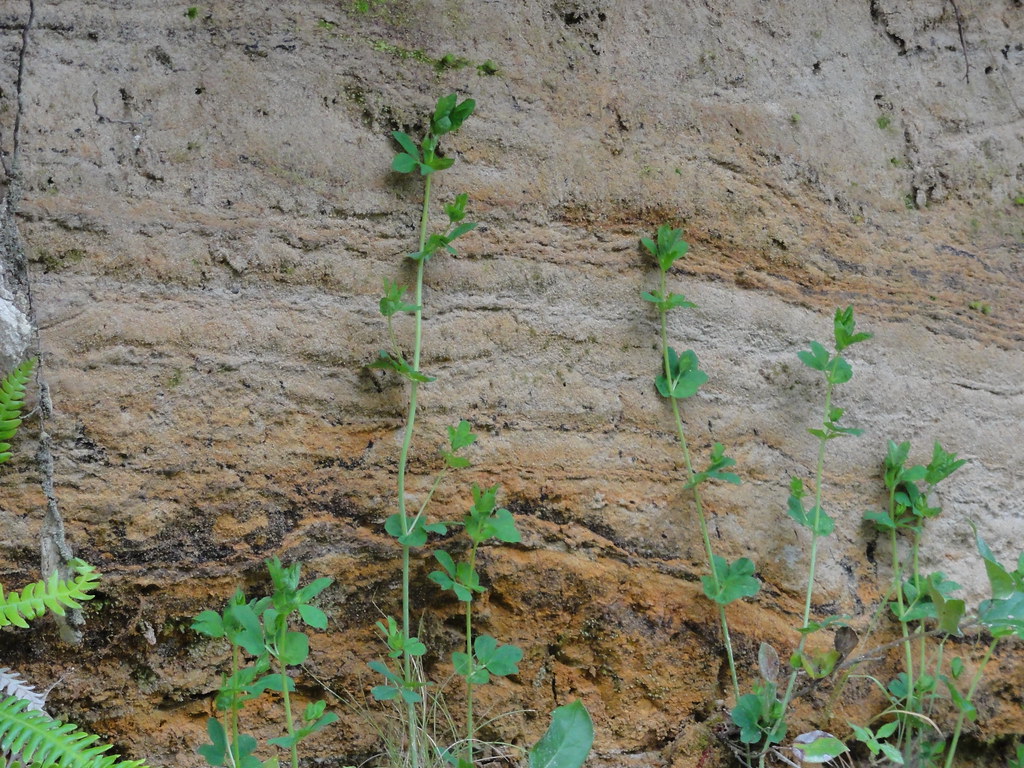Confession: I was, for a few brief months in my teens, a Bible-thumper. So it may seem odd now that I can’t get myself into the minds of believers.
I’d never been a religious kid, not particularly. I had this nebulous idea that God existed and that he was good. I prayed when things were beyond my control. But we didn’t go to church, and outside of the illustrated children’s Bible I had, there wasn’t a huge amount of God stuff around. My parents believed, and my mother put me in a summer Bible camp once – maybe for religious instruction, maybe just because it was the best and only way to pawn me off on other people for a couple of hours so she could have some time for herself. Considering she played Mom to the entire neighborhood, one can’t blame her for needing a break. And I learned how to glue Jesus to a wooden spoon, and stick him in a walnut shell, so it wasn’t a complete waste. One thing I do know, the people there didn’t impress upon me the necessity of believing or going to Hell. They gave me warm fuzzy feelings about Jesus and an indelible association between ancient Jewish carpenters and spoons.
Then we moved to Page. I’ve seldom lived in a city so religious. There was a road completely lined with churches, and more churches scattered around the city, and I believe there were 2.5 churches for every household. Kids were released for seminary in the afternoons if they belonged to the Mormon church, and nearly everyone belonged to the Mormon church. Didn’t impress me. People would pester me about which church I belonged to, and when I told them “none,” they’d then interrogate me about my beliefs. I finally told them I was Tarlonian just to shut them the hell up. It seemed easier to believe in a faith I’d made up, anyway. It wasn’t that the Bible stories I’d read as a kid had put me off. It was the believers, and that creepy way they had of insisting that everyone who didn’t believe just like them was going straight to hell. I didn’t know much about God, but I figured all-knowing and all-loving meant he didn’t have much interest in condemning good people to an eternity of suffering. When people started going on about religion, they got damned annoying. Church, I decided, rotted brains. Easier to be a good Christian if one avoided Christian churches.
But you couldn’t avoid such things in Page. It came down to a choice between getting dragged there by an acquaintance I didn’t like and a rather closer friend, so I plumped for the friend. I went on a Wednesday night, and wore my usual uniform: ripped jeans, steel-tipped boots, metal t-shirt and Slaughter headband (yes, this was the 90s). My friend was appalled. “Are you really going to wear that?”
Well yes, yes, I was. If I couldn’t be accepted as a child of God despite my attire, then I’d know I didn’t belong there, wouldn’t I?
So we went, and we sat, and I got narrow looks from a lot of people. This was a Holy Roller church. This was Wednesday night. Only the rabidly faithful were there. They didn’t know what to do about this headbanger in their midst.
But Pastor Lynn Peters did. He walked over, shook my hand, smiled, and said, “It’s wonderful to see you here.” I’ll tell you something. Lynn Peters was one of the kindest, most generous, least-judgmental people I’ve ever met in my life, and one of the first things that ever shook my faith in God was the fact he had to leave the congregation to get treatment for cancer. Where was the justice in that? Where was God when Pastor Peters needed him?
But for a little while, I fell under the spell. I believed. I was saved, and God was great, and I wanted everyone to share that good news. My friend was overjoyed.
For a few months, I read my Bible and read Christian fiction and tried to live the way God wanted. I went to church every Sunday. And that was the first step on the road to becoming an atheist, because if you are a decent human being with half a critical-thinking brain cell left, you cannot sit in church during testimony and hear, “God healed my radio!” without thinking, “Holy fuck. Millions of children starving and dying in Africa, Pastor Peters dying of cancer, and more tragedies than you can keep up with on the evening news, and God takes the time out of his busy schedule to heal a fucking radio?” But it had to be true. She’d tried and tried to fix it, but it didn’t start working until she laid her hands upon it and prayed God to heal it. And lo, the radio was healed!
But that was just one silly woman, so my shaken-faithed self kept coming back to church, and my persistence was rewarded one day by the youth group hammering on M.C. Hammer for having some dude in a red devil costume in a video. Yes, that M.C. Hammer. The Christian preacher one. But according to our youth group, he was spawn of Satan because he had some dude in a red devil costume in a music video.
I walked out and didn’t come back.
Some people may get the idea that it’s science that made me an atheist, or perhaps the evil influence of PZ. Truth is, I was an atheist long before that. It was a long, slow slide. I held on to my faith, even despite some pretty intense shakes and a breakup with God or two. Like an abusive relationship, though, I kept going back to him. And I can’t for the life of me remember why.
I’ll tell you what made me an atheist. Seeing how different Christian sects treated each other, every one of the hundreds and thousands of them having the exclusive line on Truth™, each sect the only who knew God’s True Will™. Seeing how conservative Christianity had very nearly destroyed my best friend’s self-confidence, sense of self-worth, and really fucked up his ideas of sexuality. Seeing how so many different religions all came up with different answers to the ultimate questions of why are we here, who are the gods, and what do the gods want us to do. If other religions were myths, then why wasn’t Christianity?
But still I held on to God. Clung to a Karen Armstrong type nebulous deity Somewhere Out There. I was sure it was the Christian god. Then I couldn’t be sure anymore. After years of being pulled in a thousand different directions, I finally chose a different path. I decided to explore other notions of the Divine in earnest. I’d give up Christianity for good. But before I did that, I prayed. I said, “God, if this is the wrong path to take, show me, and I’ll turn right back.” I never got a sign. So I never turned back.
I worshiped Odin for a while, but mostly in good fun. Beside, he was so much more awesome than the God of the Bible. Did the Lord give his eye for wisdom? No. He already knew shit, and yet didn’t seem to know shit. How boring.
Explored Hinduism and Taoism and Buddhism, all of which made far more sense than Christianity ever had. But somewhere along the way, without my realizing it, I stopped believing in the reality of the supernatural. I’d stopped believing in UFOs and ghosts and faeries, too. Quite enough that myths and stories were beautiful and fun and made me think about what it meant to be human. I didn’t need to believe there was anyone out there watching over me anymore. And I really don’t even know how that happened. The transition was too natural to take especial note of.
I started calling myself agnostic, and then one night I took the God Delusion Index test, and had to admit that I wasn’t even that anymore. No, folks, I was pure-D Atheist. And since then, since I admitted that, I’ve been free to explore the real wonders of the world. Without guilt. Without worrying about where God fits in. Without dealing with all this NOMA shit.
And I’ll tell you something, and this is the point of all of this: the world is a far more wondrous place without deities.
I am overwhelmed every day by the scope of the universe. It beggars the imagination. There are things in it that we didn’t even suspect until we started looking at it with telescopes and mathematics and probes. There are things more beautiful, more majestic, more awe-inspiring and powerful and terrible, than anything I’ve ever read in a holy book. And when I look at pictures from Hubble, when I read about new discoveries in physics or watch a lunar eclipse, when I learn what we know about those things, I cannot imagine why on earth anyone would need to inject gods into the equation. They feel distinctly surplus to requirements. They feel tacky. It’s like putting tinsel on th
e Queen’s tiara. Some people look at this stuff and say, “Wow, what an awesome God we have, he created all this!” And I say God didn’t have the imagination for it. Not any God I’ve ever heard of. Not one that stands apart from its creation. It’s tinsel on tiaras, people. It’s something humans, not the universe, needs, these gods.
It’s biology, not God, that made me appreciate all creatures great and small. Evolutionary fucking biology, people. Back when I was a believer, I’d see a spider, and promptly squish one of God’s own creations. I sacrificed cockroaches to Odin. When I fell under the sway of Buddhism, I started feeling vaguely guilty about it. Fellow creature, after all. But after studying up on evolution, I see a spider, and I’m enthralled. They’re magnificent little things. They’re captivating. And there’s a story in them, of mutation and selection and a long, slow trip from single-celled critter to these beings who do utterly remarkable things like spinning webs and eating other magnificent critters.
It’s geology, not God, that made me appreciate landscapes. God didn’t take away my fear of volcanoes, vulcanology did. There are rocks in my house that could be beautiful to no one other than someone who knows a little something about geology. There’s stories in the most boring bit of mudstone. There are other worlds, vanished worlds, contained within the humblest of rocks. Pick one up, and I used to be holding something created by God. It hardly seemed worth bothering with, and I’d toss it aside. Now, I cradle these nondescript brown rocks in my hands, and I see ancient mudflats. I see the young Earth. I see star stuff. I am holding thirteen-plus billion years of history every time I pick up a bit of stone, because every bit has a pedigree that stretches all the way back to the Big Bang. You religious folks want to tell me the rantings of goat herders have anything to add to that? I don’t see it. I don’t get it. I don’t understand.
I vaguely remember the chasm in my life. I vaguely remember needing so much to believe in something supernatural, frantically searching for it in myth and religion and pseudoscience, because the world seemed so mundane without magic. But magic abounds. There’s magic in an equation. There’s something divine in chemistry. Any of the sciences provide more wonder than all of the religions of the world combined. I didn’t know that, back when religion was presented as the only way to become fully human and science was a useful something we should respect, but a mere human endeavor and not worthy of worship. What I didn’t realize was that worship is surplus to requirements. One does not, despite reports, need worship to become fully human. One does not need the supernatural. There is quite enough super in the natural, thank you ever so much.
And so now I struggle. I struggle to comprehend why people cling so tightly to their belief that myth is really real. I don’t remember why that felt so necessary, and I fail to see how anyone can drink even a few sips of science and need anything more. Why this overriding urge to tinsel tiaras? Why Biologos and all of the other ridiculous attempts to reconcile science with religion? Why this death-grip on the rantings of goat herders? Why this insistence that the fiction be true? I don’t get it. I don’t understand.
I wish I did. Not because I have a hole to fill, or because I envy the believers, but because that stubborn clinging to faith leads to so much misery and denial and danger. Because it hurts so many of us so. And because I’m curious as to why, when surrounded by the riches of the universe, one would choose to remain so impoverished.














